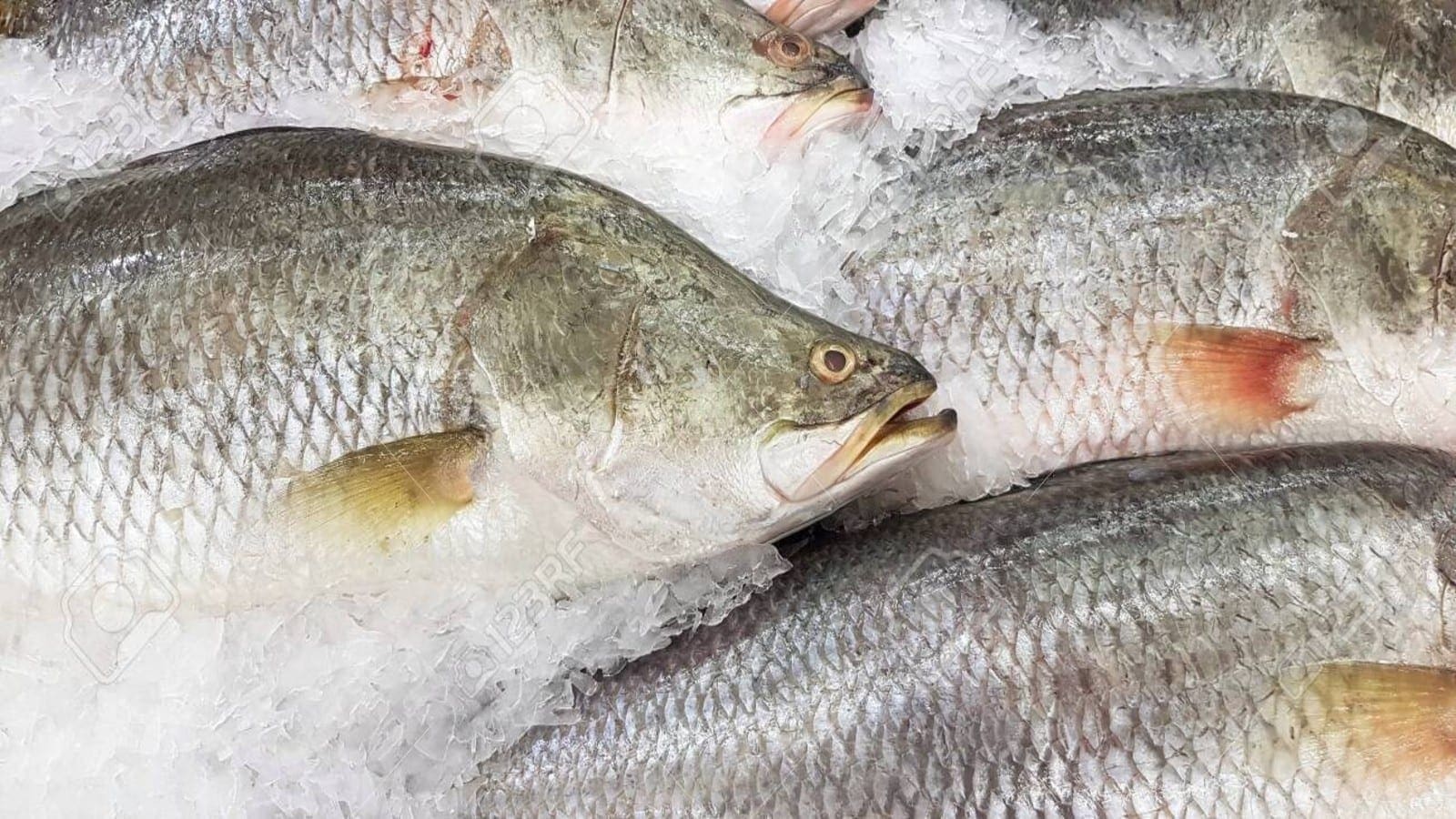SINGAPORE – A research team led by Prof Yang Hongshun from the Department of Food Science and Technology, National University of Singapore, has developed a preservation method to maintain the freshness and food safety of seabass fillets, by coating it with fish gelatin and infusing grape seed extract which is a type of natural additive into it.
Asian seabass is one of the most commonly consumed food fish by Singaporeans and is loved by many consumers because of its high protein, low fat and ideal fatty acids composition.
However, seabass is highly perishable due to the presence of endogenous enzymes and micro-organisms.
With increasing demand by consumers for fresh and safe seabass, new preservation strategies are needed to prolong the shelf life of fresh fish while maintaining high food quality.
Storing seabass at 4 degrees Celsius could help preserve the quality and freshness to some extent.
None the less, the loss in the food quality is inevitable and the fish will eventually become unfit for consumption during storage.
The vacuum impregnation process, an emerging technology in the food industry, is used to introduce the grape seed extract into the porous structures of the fish fillet.
Analysis has disclosed that the fish gelatin acts as a gas/water barrier on the product which inhibits the loss of moisture during chilled storage.
In parallel, the grape seed extract reduced the growth of bacteria and accumulation of biogenic amines on it, resulting in a synergistic preservation effect.
“Fish gelatin is gaining in popularity and has been regarded as a promising replacement for mammalian gelatin because of its similarity in functional properties and wide acceptance by consumers who are halal and kosher,
“By combining it with grape seed extract, the treatment could lead to safer and more convenient, and cost-effective seafood products for consumers,” said Ms. Zhao Xue, one of the researchers.
The research findings offer valuable references for the seafood industry for the development of high-quality food products.
According to Phys Org, Prof Yang highlighted that the application of natural edible coating may one day become a trend to meet consumers’ growing preferences for safe, high-quality and clean-labeled foods.
Edible films potential
China and Japan are the major consumers of the edible films and coatings market in the region.
In China, xanthan gum is one of the most commonly used edible coatings in food products, which is giving rise to high demand for polysaccharide-based films and coatings in the country.
According to the Royal Society of Chemistry, researchers have investigated Star anise essential oil (SAEO), as a primary component in edible coating products to act as an anti-microbial.
The encapsulated SAEO reduced the weight loss of the samples by more than 30% and reduced the browning of yam used as a sample, proving its inhibitory ability.
This method proved to be highly efficient in protecting fresh produce like fruits and vegetables.
The rising awareness of natural edible packaging in countries like India, is projected to lead to a very promising market scenario as forecasted by the globe newswire.








